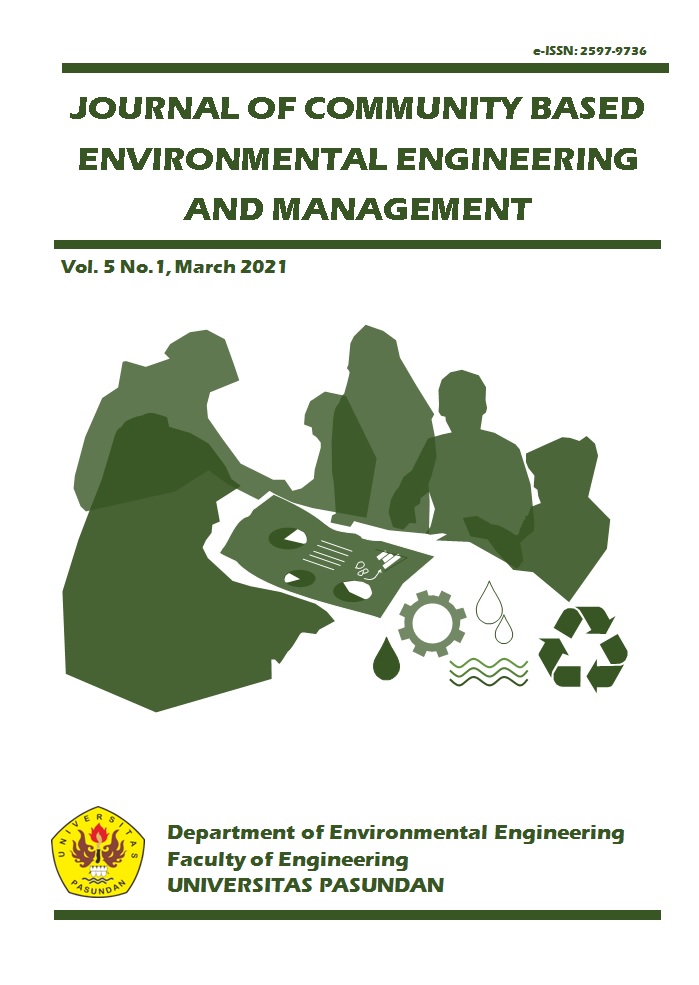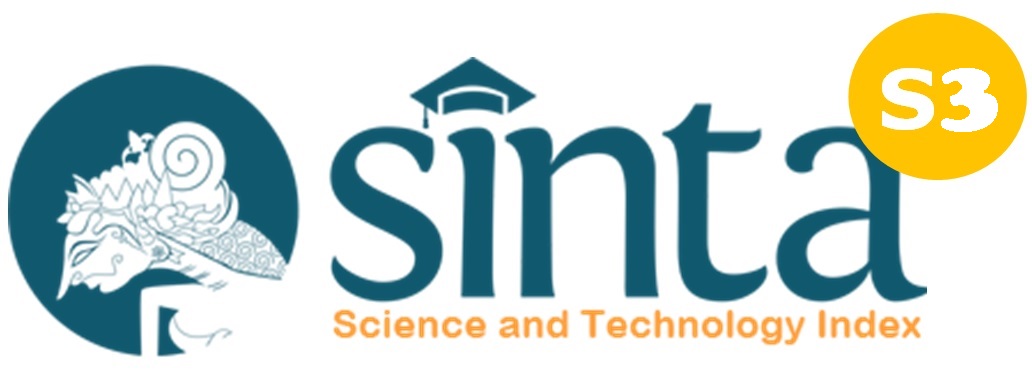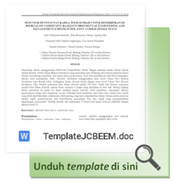ANALYSIS OF REDUCING CO2 EMISSIONS USING SPIRULINA MICROALGAE
DOI:
https://doi.org/10.23969/jcbeem.v5i1.3810Keywords:
CO2, Microalgae Spirulina, Platensis, Power plant emissions, Emission LoadAbstract
Greenhouse Gases (GHG) consists of various types of gases that are produced either naturally from the environment or from the activities of living things, some examples of the dominant GHGs are water vapor, carbon dioxide (CO2), methane (CH4), nitrogen oxides ( NOx) and Sulfur Oxide (SOx), the largest contributors to GHG emissions are in the Energy sector, amounting to 175.62 million tons of CO2. Microalgae are the most primitive plants, can grow in low water quality with the availability of adequate nutrients and sunlight. The amount of CO2 that can be absorbed by 1 kg of dry spirulina is 1.83 kg of CO2. In addition, Spirulina Platensis can tolerate gas content of SOx, NOx and CO2 whose concentrations are <12%. This study aims to determine the process of utilizing CO2 gas emissions from PLTGU for the cultivation of Spirulina Platensis microalgae at PT. Indonesia Power UPJP Perak Grati. Based on the research results, the average emission load value generated from PLTGU, especially HRSG 1.1, is 10,403.31 tons CO2 / month on average. The temperature factor has a significant correlation with the growth of microalgae cells with an inverse correlation. Based on the tests carried out to determine the relationship between changes in the flow rate of CO2 in microalgae cultivation ponds to the growth of microalgae cells, it was found that the addition of CO2 in the cultivation pond with a flow rate of 1 L / minute had a greater effect than other treatments. The amount of CO2 absorption by microalgae installations with a flow rate variation of 1 liter CO2 / minute is able to absorb 0.2766 tons of CO2 / month, or is only capable of <1% of the average emission load of HRSG 1.1 per month.
Downloads
References
Anisa, W. (2010, Oktober 31). METODE PENELITIAN KORELASIONAL. (Wordpress.com) Retrieved Agustus 05, 2018, from BINTANGKECILUNGU'S BLOG: https://bintangkecilungu.wordpress.com/2010/10/31/metode-penelitian-korelasional-2/
Brown, L.M. 1996. Biodiesel from microalgae: Commplementary in a fuel development strategy. National Reneawable Energy Laboratory.
Bunowo, N.R., Nurhasanah, Q.R. (2018). Studi Pertumbuhan Populasi Spirulina sp. pada Skala Kultur yang Berbeda. Jurnal Ilmiah Perikanan dan Kelautan. Vol. 10(1): 26-33.
Hairiah, K. (2007). Perubahan Iklim Global : Penyebab Terjadinya GRK. Malang: Universitas Brawijaya, Fakultas Pertanian.
Istiyanie, D. (2011). Pemanfaatan Emisi CO2 dari PLTU Batu Bara dalam Pengolahan Limbah Cair Domestik Berbasis Mikroalga. Jakarta: Universitas Indonesia.
Kawaroe, D. (2010). Mikroalga Potensi dan pemanfaatannya untuk Produksi Bio Bahan Bakar. Bandung: ITB.
Matsumoto, H.A., N.Hamasaki, Y. Sioji, Ikuta. 1997. Influence of CO2, SO2, and NO in flue gas on microalgae productivity. Jurnal Chemical Engineering. Japan.
Ministry of Environmental of the Republic of Indonesia, PermenLH no. 21 Tahun 2008.
Min, M. (2016). Jenis Jenis Metode dalam Penelitian Kuantitatif dan Pengertian Terlengkap. (Team Pelajaran.co.id) Retrieved Agustus 04, 2018, from Pelajaran.co.id: http://www.pelajaran.co.id/2016/21/jenis-jenis-metode-dalam-penelitian-kuantitatif-dan-pengertian-terlengkap.html
Muhammad. (2010). Pengembangan Spirulina Sebagai Super Food. Retrieved Agustus 18, 2018, from http://repository.ipb.ac.id: http://repository.ipb.ac.id/jspui/bitstream/123456789/44442/4/INTI-PKMGT-2010-IPB-Muhammad-Pengembangan%20Spirulina%20Sebagai.pdf
Pusdatin ESDM. (2016). Data Inventory Emisi GRK Sektor Energi. JAKARTA: Kementerian Energi dan Sumber Daya Mineral Republik Indonesia.
Setiawan, Y., & dkk. (2014). Pemanfaatan Emisi Gas CO2 untuk BUdidaya Spirulina Plantensis dalam Upaya Penurunan Gas Rumah Kaca (GRK). Jurnal Riset Industri Vol. 8 No.2, 83 - 89.
Soekidjo. 2005. Metodelogi Penilitian Kesehatan. PT Rineka Cipta. Jakarta.














